How Often Should You Really Wash Your Hair? 10 Factors to Consider
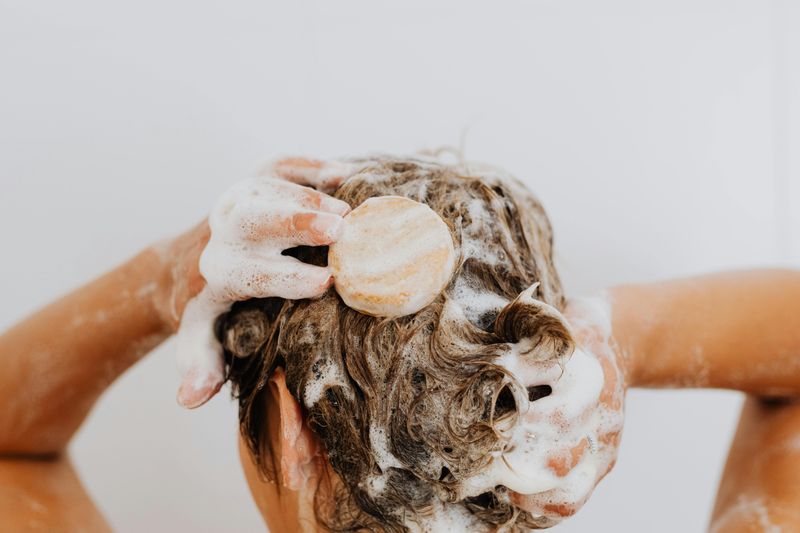
If you’ve ever found yourself staring at your shampoo bottle wondering, “Do I really need to wash my hair today?”, you’re not alone. Between expert advice, TikTok trends, and conflicting articles, it seems like everyone has a different answer. Some people swear by daily washing, while others boast about going an entire week without a single drop of shampoo.
1. Your Hair Type Plays the Biggest Role

Different hair types hold oil and moisture in completely unique ways. Fine, straight hair tends to show grease faster because natural oils slide down the strand easily. On the other hand, curly or coily hair often needs more time between washes since the oils take longer to travel from scalp to ends.
If your hair is on the finer side, washing every one to two days might be best to keep it light and voluminous. Thicker, textured hair types, however, often thrive with just one or two washes per week.
The key is balance. Wash too little, and oil and buildup will weigh your hair down; wash too often, and you’ll strip it of the natural moisture it desperately needs.
2. Your Scalp Type Matters Just as Much
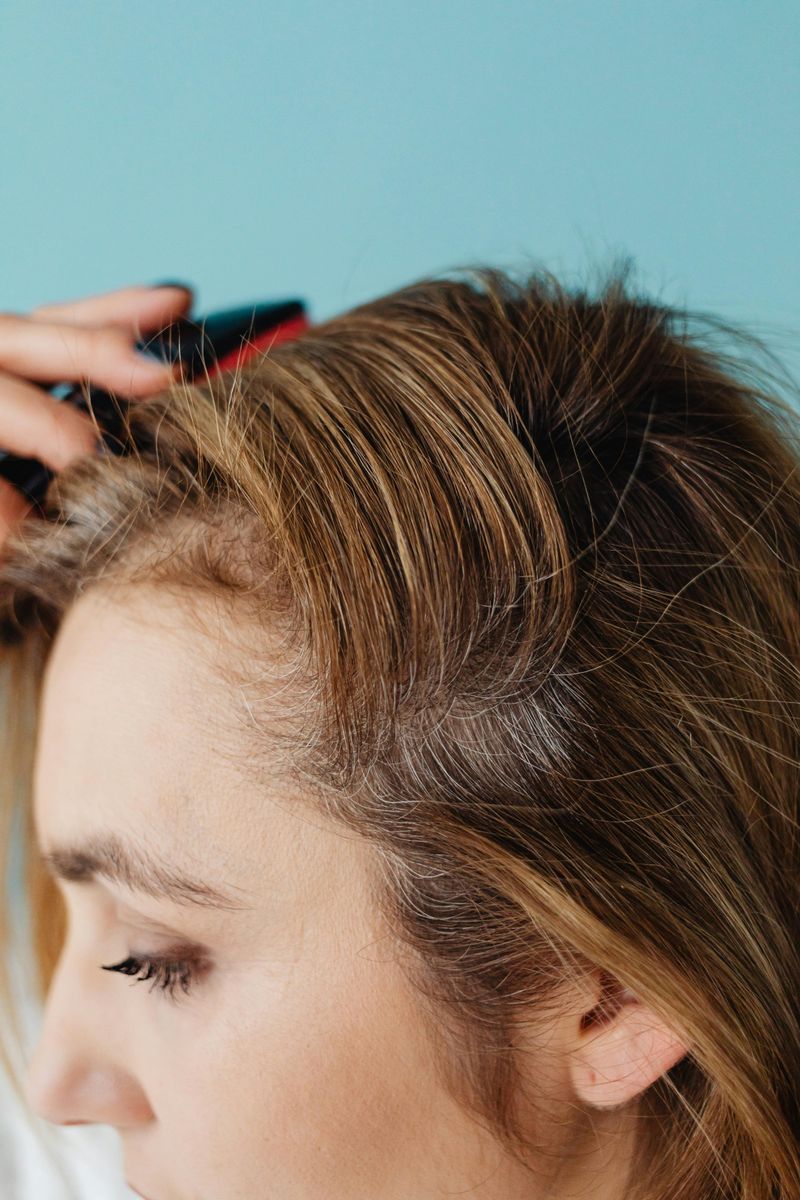
It’s not just your hair that needs attention—your scalp plays a starring role, too. Think of it as the foundation of your entire hair routine. Oily scalps can make even clean hair look greasy, while dry ones can cause itching and flaking.
If your scalp tends to get oily quickly, you might benefit from more frequent washing or a lightweight clarifying shampoo. For those with dryness or sensitivity, it’s better to stretch washes further apart and use moisturizing formulas.
Pay attention to how your scalp feels a day or two after washing. If it’s itchy or tight, it’s craving more moisture. If it feels slick and heavy, it’s telling you to reach for the shampoo bottle a bit sooner.
3. Sweat and Exercise Change Everything
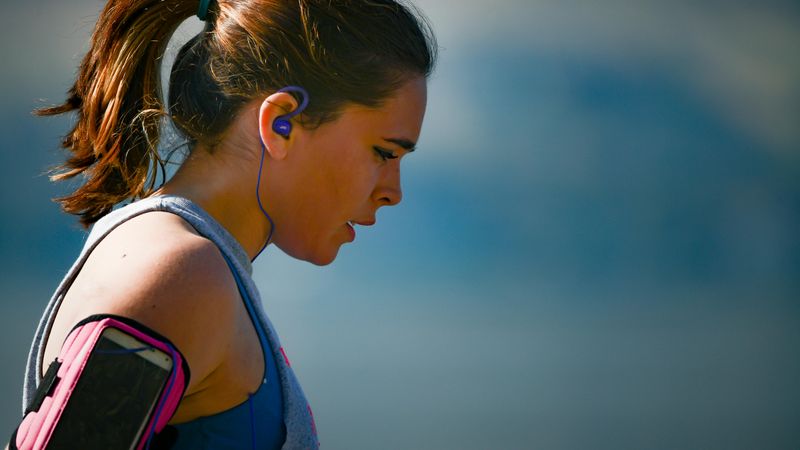
Whether you’re hitting a spin class or just running errands on a humid day, sweat can throw your hair routine off balance. When perspiration mixes with scalp oils, it can create buildup that leaves your roots feeling less-than-fresh.
The good news? You don’t have to shampoo every time you break a sweat. A simple water rinse or quick blast of dry shampoo can help extend time between washes without drying your strands.
If you’re an athlete or daily gym-goer, consider alternating between shampoo days and “rinse-only” days. It’s a small change that can keep your hair clean without stripping away essential oils that protect your scalp and keep your hair healthy.
4. Styling Products Build Up Fast
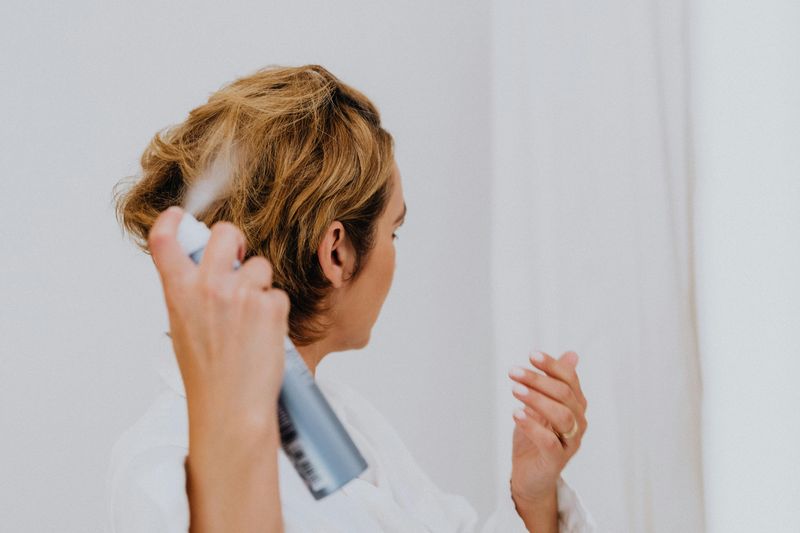
Those serums, sprays, and volumizing mousses you love? They’re not as innocent as they seem. Over time, styling products can cling to your scalp and strands, creating buildup that dulls shine and weighs everything down.
Even if your hair doesn’t feel greasy, product residue can make it harder for your scalp to breathe and your shampoo to do its job effectively. You might start noticing limp locks or a lack of volume, even right after washing.
To fix this, work a clarifying shampoo into your routine once every week or two. It helps remove residue and gives your hair that clean, bouncy feel again—without having to start from scratch every day.
5. Climate and Environment Count
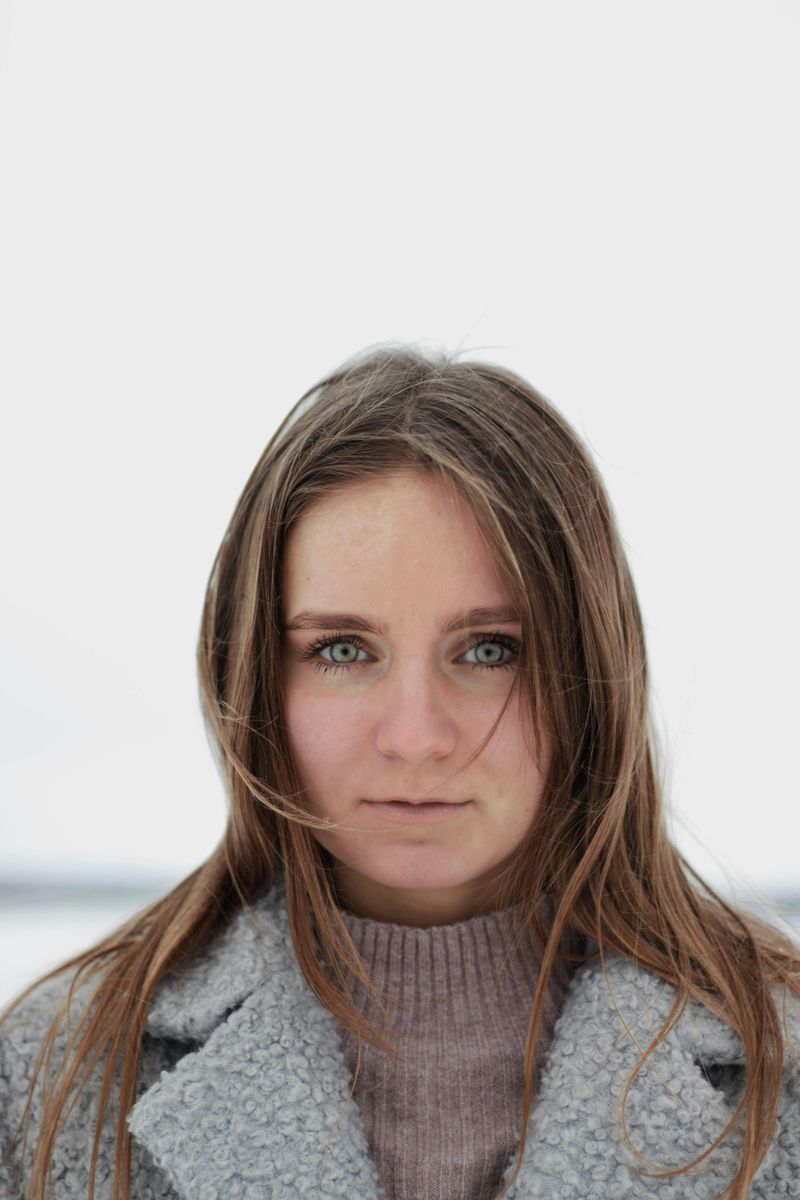
Where you live has more influence on your hair than you might think. Humid climates tend to increase oil production, while dry or cold environments can strip your hair of moisture.
If you’re dealing with sticky summer weather, you may find yourself needing to wash more often to keep your scalp comfortable. But during the colder months, less frequent washes can help preserve your hair’s natural oils.
Your environment is constantly shifting, so your washing habits should, too. Listen to your hair—it often tells you what it needs long before you even notice a problem.
6. Color-Treated or Damaged Hair Needs Extra Care
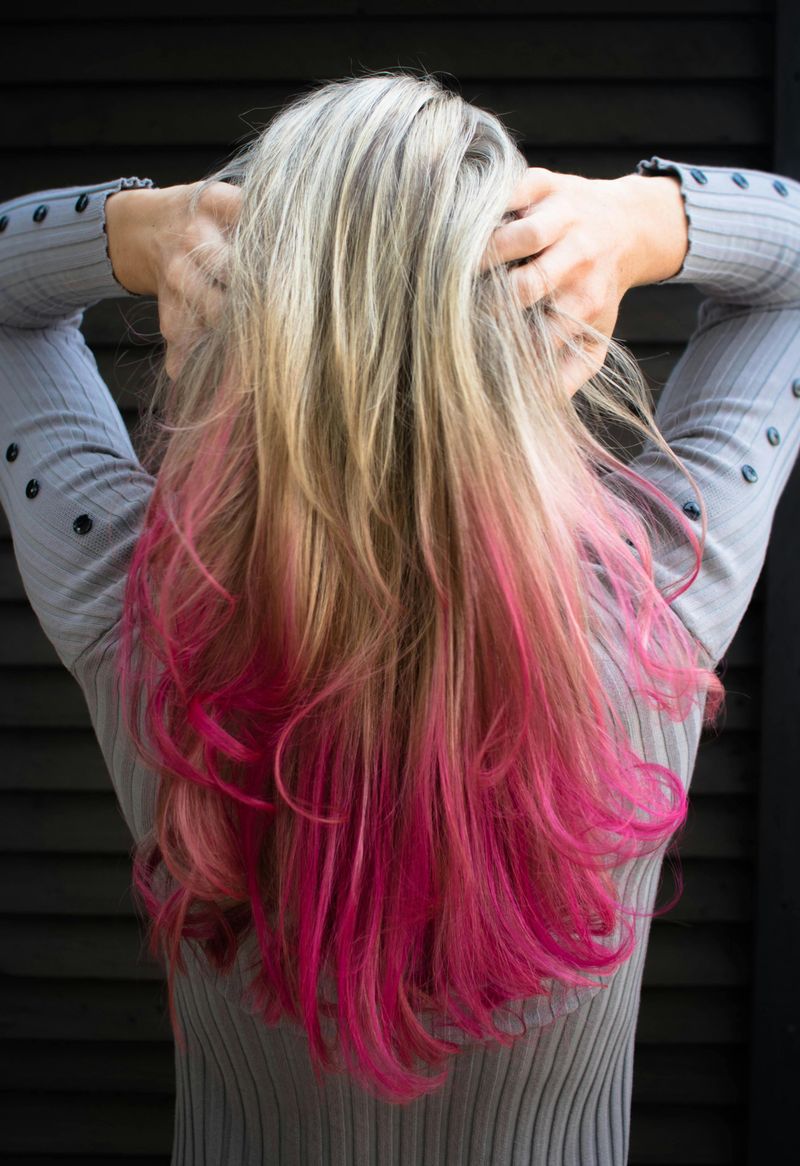
Hair that’s been colored, bleached, or heat-styled is already under stress. Every time you shampoo, you risk washing away precious pigment and moisture your hair needs to stay soft and vibrant.
That’s why stylists recommend washing color-treated hair less frequently—about every three to five days. Between washes, you can refresh with dry shampoo or a lightweight leave-in conditioner.
When you do wash, make it count. Choose gentle, sulfate-free shampoos and always follow up with a hydrating conditioner. Think of it as giving your hair a mini spa day instead of a daily chore.
7. You Might Be Washing Too Often
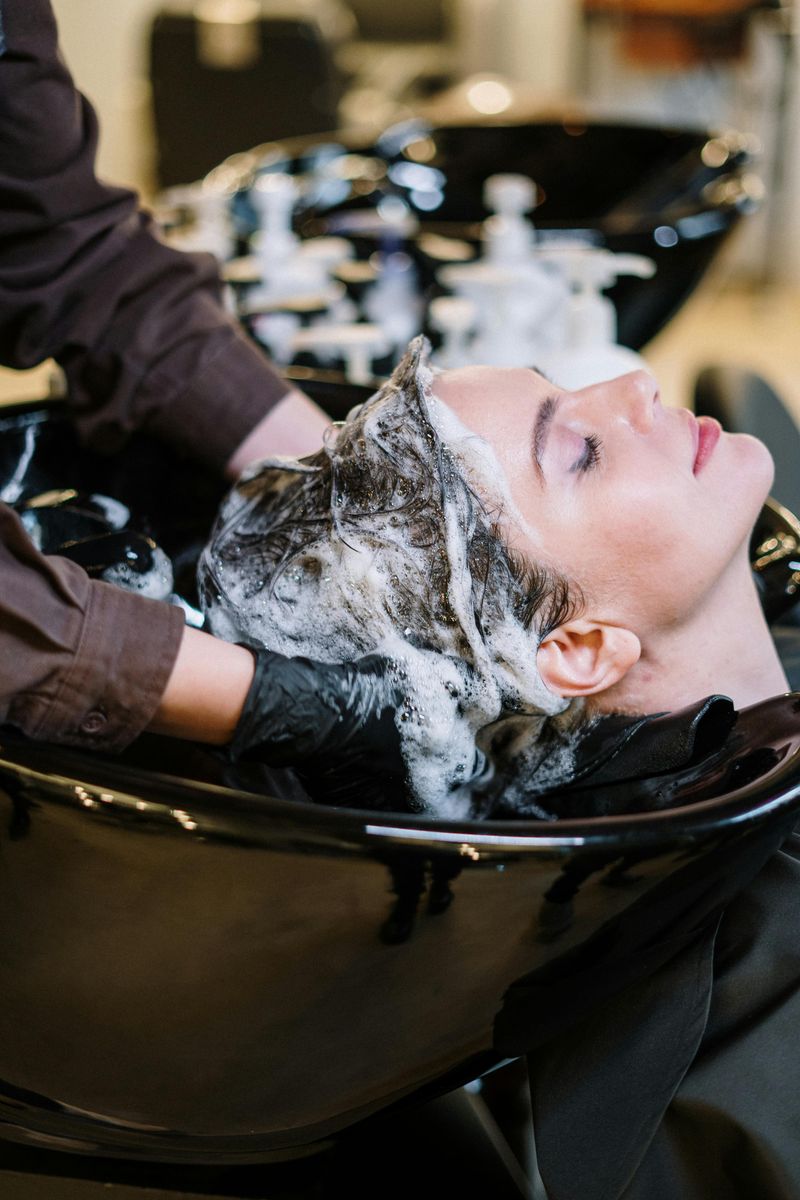
It’s easy to think that washing your hair every day will keep it clean and healthy—but over time, it can backfire. Daily washing strips your scalp of natural oils, leaving it dry and forcing it to produce even more oil to compensate.
This can create a vicious cycle: the more you wash, the oilier your hair feels, leading you to wash again. Eventually, your hair may become brittle, frizzy, or prone to breakage.
Try gradually extending the time between washes by one day at a time. You might be surprised at how quickly your scalp adjusts—and how much healthier and shinier your hair starts to look.
8. Or You Might Not Be Washing Enough
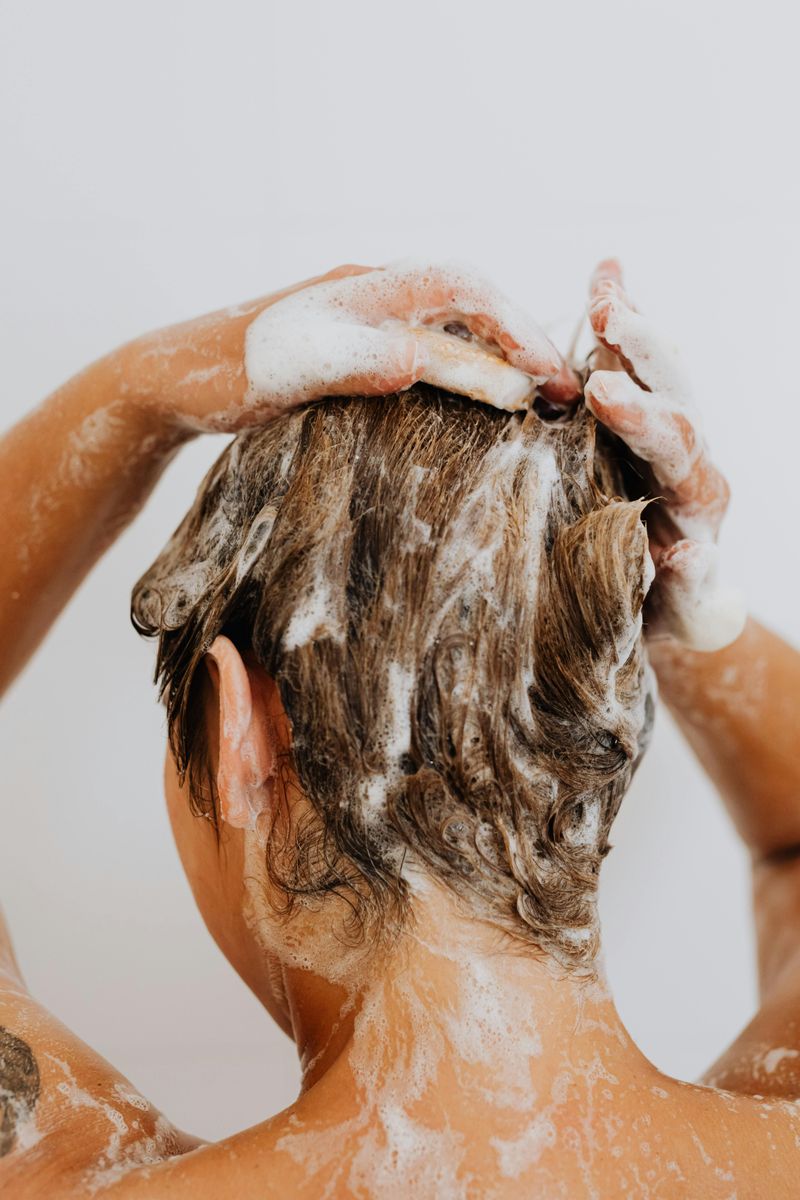
Skipping washes can sound like a dream, but it doesn’t work for everyone. When oil, sweat, and product buildup sit too long on your scalp, they can clog hair follicles and lead to dandruff or even hair shedding.
If your hair feels heavy, smells off, or looks flat no matter what you do, that’s your cue that it’s time to wash. A good cleanse will not only refresh your hair but also stimulate your scalp for healthier growth.
Finding your sweet spot may take a little experimenting—but once you do, your hair will thank you with extra bounce and shine.
9. Dry Shampoo Is a Great In-Between Option
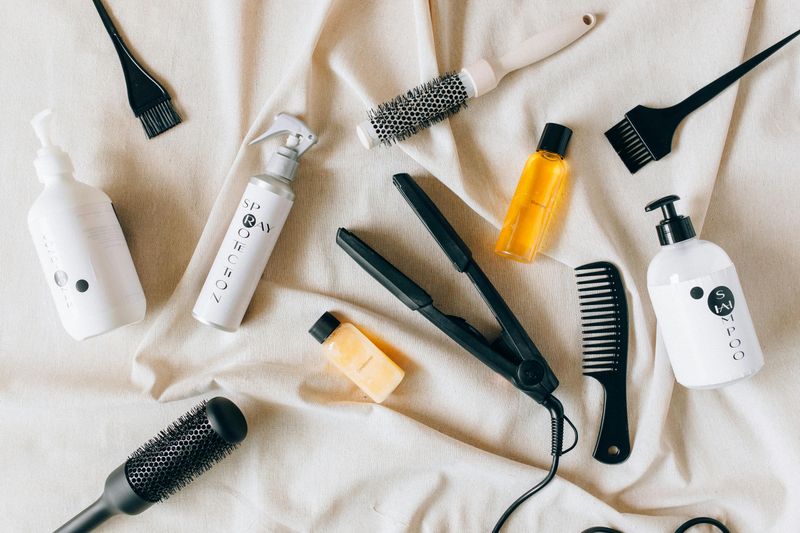
For those days when your roots feel oily but you’re not ready for a full wash, dry shampoo is your best friend. It absorbs excess oil, adds volume, and buys you an extra day or two before your next shampoo.
Just be careful not to rely on it every day. Overusing dry shampoo can lead to buildup and clogged pores on your scalp, which defeats the purpose of keeping your hair fresh.
The trick is to use it strategically—apply it before bed so it can absorb oil overnight, or focus on just your crown and part line for a natural look.
10. Listen to Your Hair (and Scalp)
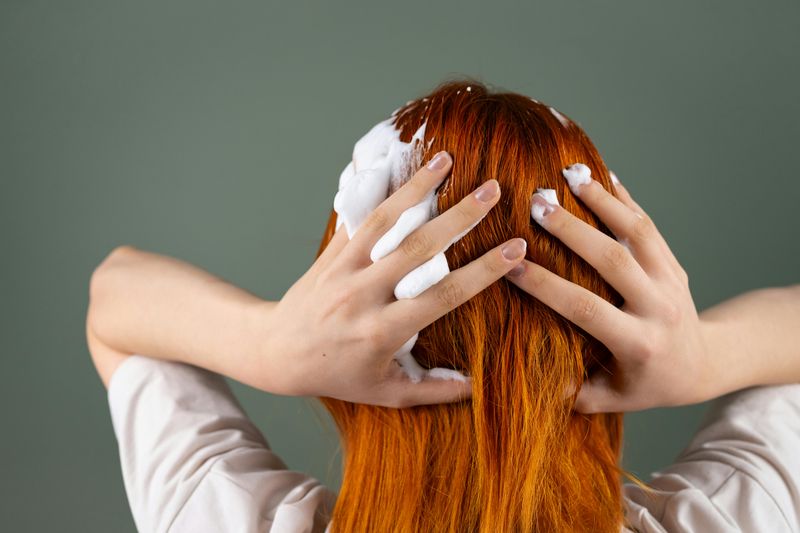
No article or expert can give you a perfect one-size-fits-all schedule. The best indicator of how often you should wash your hair is… your hair itself.
If it feels limp, oily, or dull, it’s probably time for a cleanse. If it feels light, soft, and bouncy, let it be. Pay attention to how it reacts to different washing frequencies until you find a rhythm that works.
At the end of the day, your hair doesn’t follow anyone else’s rulebook—it follows yours. Once you tune in to what it’s telling you, you’ll never have to wonder, “Should I wash my hair today?” again.

Comments
Loading…